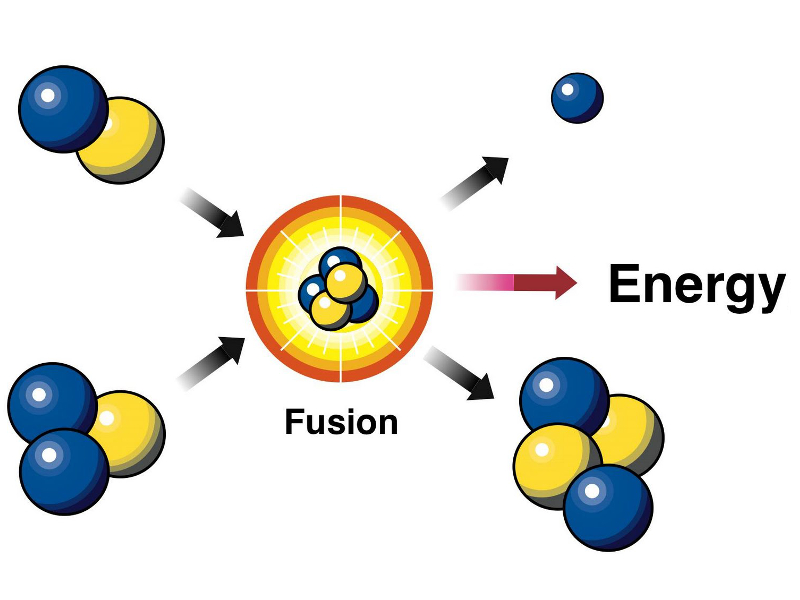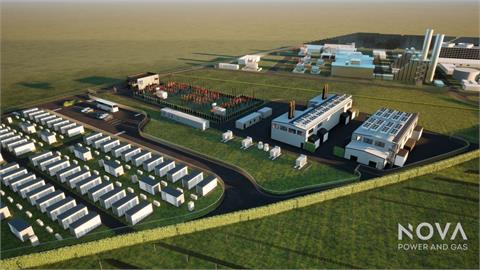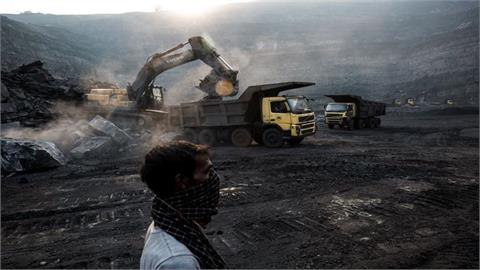Fusion has long been touted as the panacea for the world's energy woes. Scientists have sought to harness the same reaction that powers the stars in an effort to meet the world's ever-growing global energy demands
Fusion has long been
touted as the panacea for the world's energy
woes. Scientists have sought to harness the same reaction that powers the stars
in an effort to meet the world's ever-growing global energy demands.
Announcements of advances in the field are often met with excitement and grand
plans for a greener planet, but scientists have a long way to go -- and many
obstacles to overcome -- in creating fusion reactors for widespread use.
On Oct. 15, Tom McGuire, the head of a project at a secretive research division of Lockheed Martin Corp., announced that the company has made significant strides in recent years in developing a compact fusion reactor, and he touted the possibility of developing a useable, compact reactor within the next decade. Lockheed Martin is certainly no slouch when it comes to developing new technologies and bringing them to market. However, McGuire's timeline is incredibly optimistic given the current state of the technology. Even if Lockheed Martin were to meet its goals, widespread incorporation could take several more years or even decades. That said, if or when the power of fusion is harnessed, it could shift the paradigms of the global energy system in manner similar to the advent of the modern oil industry in the mid-1800s.
What is a Geopolitical
Diary? George Friedman
Explains.
Nuclear fusion occurs
when two different atoms combine to form a different element. Fusion reactors
like the one described by Lockheed Martin fuse deuterium and tritium, two
isotopes of hydrogen, which then form an isotope of helium and release
neutrons. The release of these subatomic particles creates energy, which heats
the reactor walls to drive turbines, producing electricity in a familiar fashion.
One of the main limitations to scientists' work with fusion has been the large
amount of energy needed to start a reaction. Exceedingly harsh conditions,
including extremely high temperatures, are needed to initiate the fusion
reaction. Additionally, the plasma (fusion fuel that has been broken up into
electrons and ions) must be contained by either a powerful magnetic field or
high-energy lasers. All of these requirements take large amounts of energy. It
wasn't until February that scientists at Lawrence Livermore National Laboratory
in California published repeatable results of the first fusion reaction that
created more energy than it stored. The International Thermonuclear
Experimental Reactor facility in France -- an international collaboration that
could cost an estimated $50 billion -- is billed as the first large-scale
fusion experimental reactor to produce net power, but it is not scheduled to
begin operations with plasma until the 2020s. Moreover, the goal for the
facility has been to produce an energy gain (and only for a short time),
collecting data necessary for a subsequent operational power plant, not to
produce electricity for use. Andrea Rossi's E-Cat, a purported cold fusion
device, wasrecentlyindependently tested and verified to produce an
anomalous amount of heat attributed to a nuclear reaction, though the team
remained skeptical about the operations of the device itself.
The design released by Lockheed Martin seeks to eliminate many of the size
limitations of other fusion facilities by changing how the plasma is confined.
Significantly decreasing the size of the reactors while producing the same
amount of power would increase the potential for practical use. But even the
optimistic head of the facility acknowledges that this technology remains in
the early stages of development and that there are still hurdles to overcome
before a viable prototype can be built. The Oct. 15 announcement was intended
in part to attract academic, industrial and governmental partners to help
advance the technology.
Previous shifts in energy consumption paradigms -- whether thermal power
generation or reliance on oil-based fuel for transport -- have relied on fuel
sources that have limited reserves. With global energy demands expected to
increase by more than 40 percent between 2012 and 2035 and the international
community increasingly looking to develop sustainable, low-emission energy
sources, interest in technologies that meet these requirements will grow.
Fusion -- especially fusion that occurs at lower temperatures (not Lockheed
Martin's concept) -- could be seen as the ultimate solution. Deuterium and
tritium are both widely available; the former found in seawater, the latter
derived from lithium. Moreover, once a fusion reaction is initiated, sustaining
it would require significantly less fuel than traditional fossil fuel sources
of power.
However, it is important to note that Lockheed Martin's concept would still
initially rely on existing power infrastructure. Thus, even if the technology
proves viable, it would not provide immediate independence from the current
system. Moreover, the cost of the technology will likely remain high, possibly
limiting widespread adaptation.
Meeting the energy demands of a growing global population will thus remain a challenge
for years to come. The Oct. 15 announcement from Lockheed Martin, a
well-respected company, indicates that the goal of harnessing fusion for that
purpose may be closer than we could have imagined, but significant hurdles and
constraints lie ahead. Although fusion remains elusive, it does not mean that
we should not continue reaching for -- or attempting to imitate -- the stars in
a quest to meet future global energy demands.
(Stratfor, October 15, 2014 )




